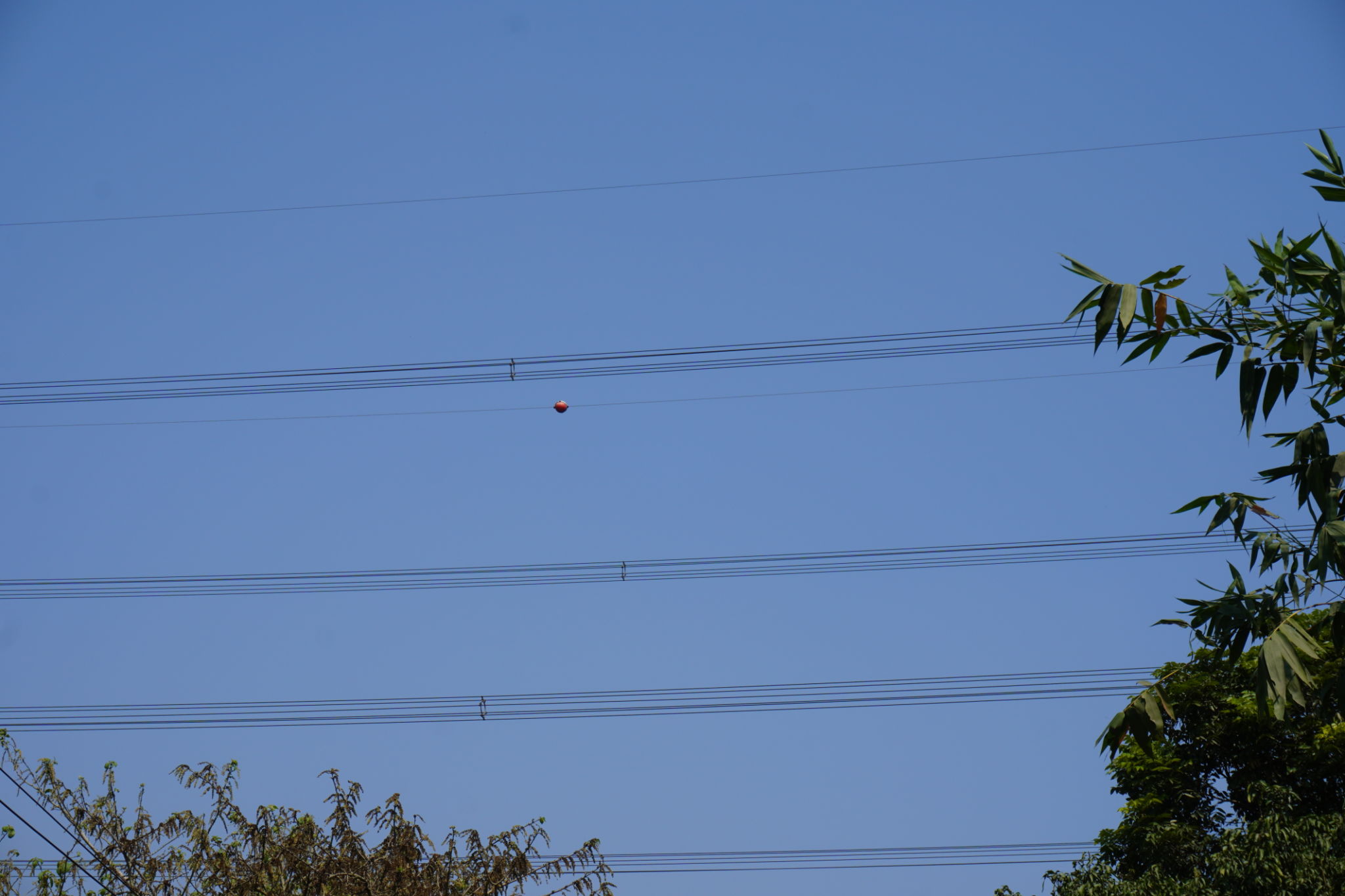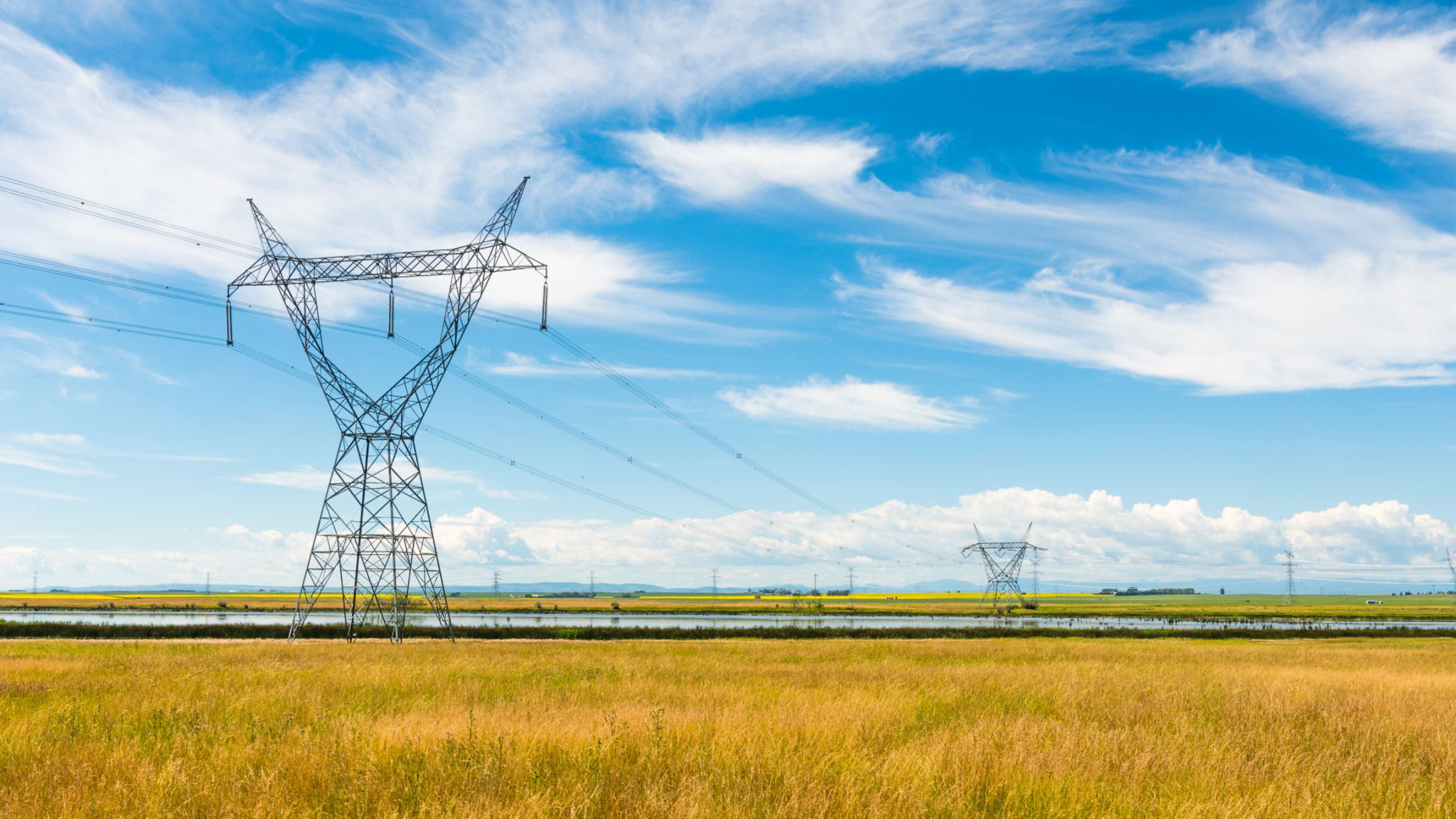Comprehensive Guide to Bird-Flight Diverters: Protecting Avian Life and Ensuring Energy Efficiency
Understanding Bird-Flight Diverters
Bird-flight diverters are ingenious devices designed to prevent birds from colliding with man-made structures like power lines and wind turbines. These collisions can be fatal for birds and costly for utility companies, leading to power outages and infrastructure damage. By making these structures more visible to birds, flight diverters play a crucial role in avian conservation.
Typically attached to power lines, bird-flight diverters come in various shapes and colors to catch the attention of flying birds. The goal is to alert birds to the presence of wires ahead, encouraging them to alter their flight path and avoid collision. This technology not only protects avian life but also contributes to energy efficiency by minimizing disruptions in power delivery.

Types of Bird-Flight Diverters
There are several types of bird-flight diverters available, each designed to meet specific environmental conditions and structural needs. Some common types include:
- Spiral Diverters: These are twisted coils that attach easily to power lines and sway in the wind, catching the attention of birds.
- Swan-Flight Diverters: Shaped like a swan's neck, these are highly visible from a distance and are often used in areas with large bird populations.
- Flapper Diverters: These devices move with the wind and sunlight, providing maximum visibility to birds flying nearby.
Benefits of Bird-Flight Diverters
The use of bird-flight diverters offers numerous benefits beyond just protecting avian species. One significant advantage is the reduction in maintenance costs for utility companies. Fewer bird collisions mean less damage to power lines and fewer disruptions in service, leading to cost savings in repairs and lost revenue.
In addition to economic benefits, bird-flight diverters contribute positively to environmental conservation efforts. By reducing bird mortality rates, these devices help maintain biodiversity and support healthy ecosystems. This aligns with global conservation goals and enhances the reputation of companies committed to sustainable practices.

Installation and Maintenance
Installing bird-flight diverters requires careful planning and execution. Utility companies usually conduct site assessments to determine the most strategic locations for diverter placement. Factors such as bird migration patterns, local wildlife populations, and weather conditions are considered to optimize the effectiveness of these devices.
Once installed, regular maintenance is essential to ensure that bird-flight diverters remain functional and effective. This includes routine inspections to check for damage or displacement, especially after severe weather events. Proper maintenance ensures that these devices continue to provide protection for years to come.
Challenges and Future Developments
Despite their benefits, bird-flight diverters face challenges such as high installation costs and resistance from some stakeholders. However, advancements in technology are continually improving the efficiency and affordability of these devices, encouraging wider adoption.
Future developments may include the integration of smart technology, enabling real-time monitoring and data collection on bird interactions with diverters. This information can help refine strategies for protecting wildlife and enhancing energy infrastructure.

Conclusion
Bird-flight diverters represent a critical intersection between wildlife conservation and energy efficiency. By preventing bird collisions with man-made structures, these devices not only save avian lives but also support uninterrupted energy distribution. As technology evolves, the potential for even greater environmental and economic benefits grows.
As more organizations recognize the importance of safeguarding both natural and built environments, bird-flight diverters will likely become an increasingly common sight. Their role in promoting sustainability and protecting biodiversity cannot be overstated, making them a vital tool in our efforts to coexist harmoniously with nature.
